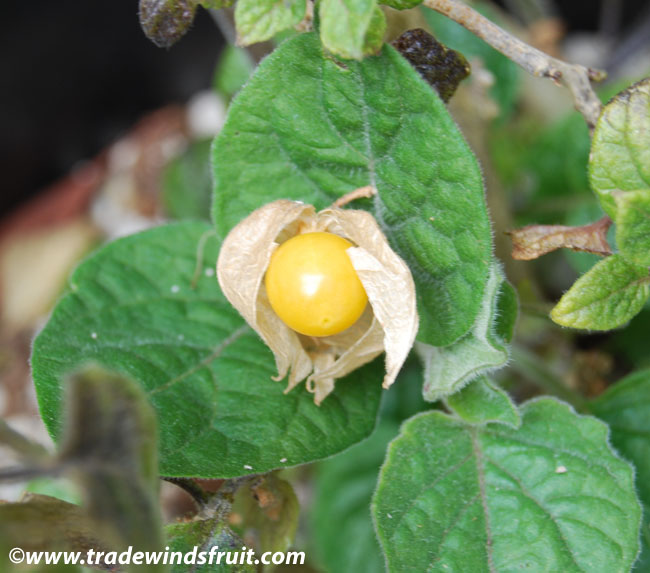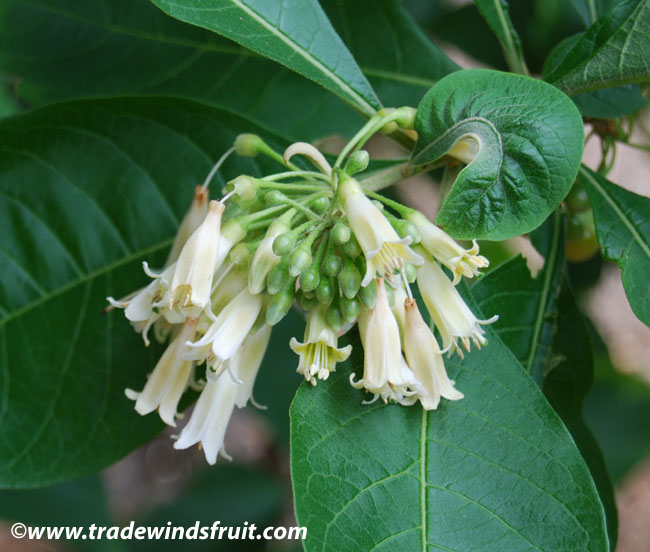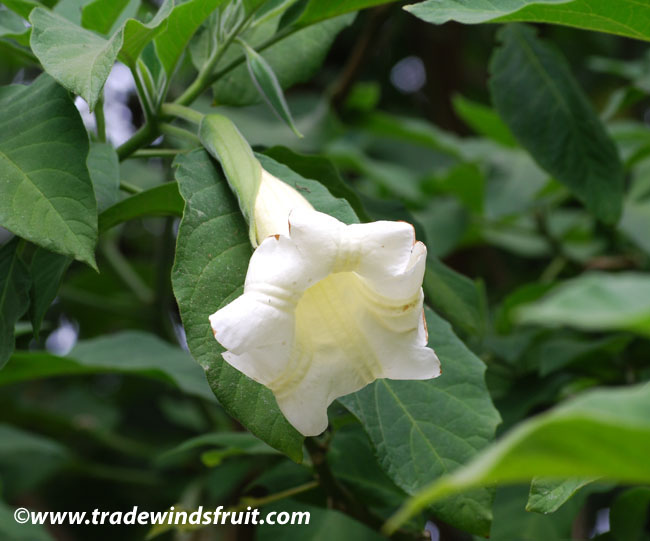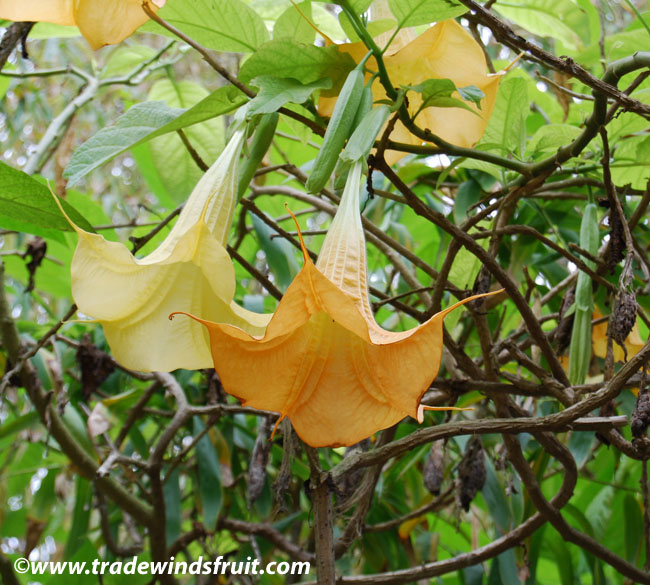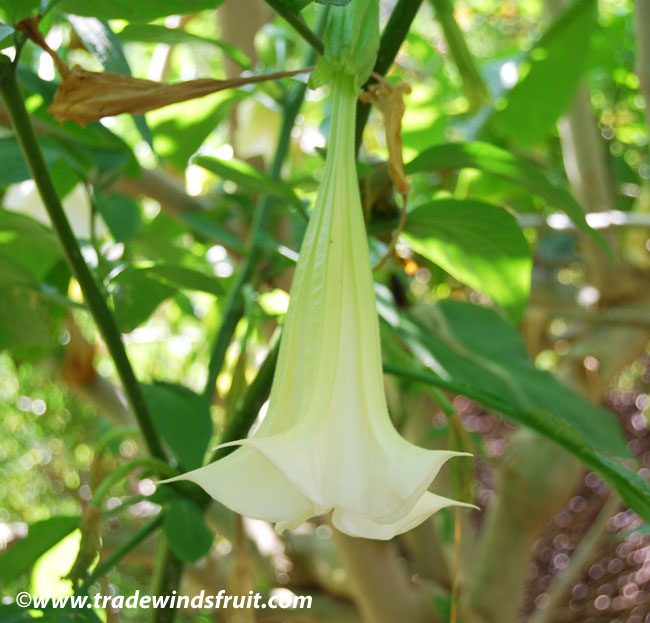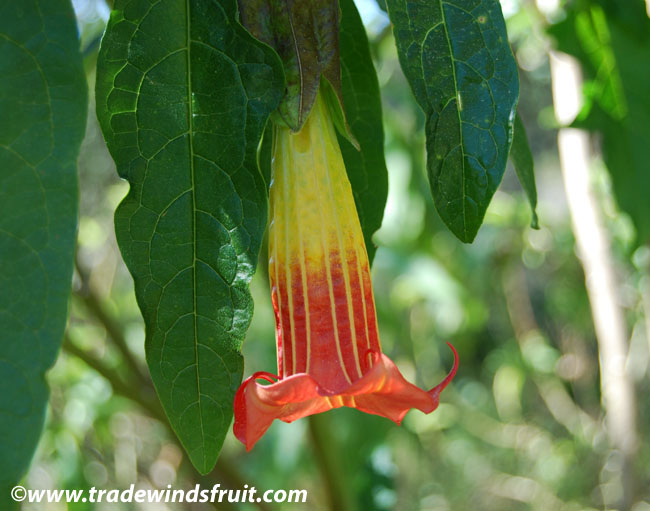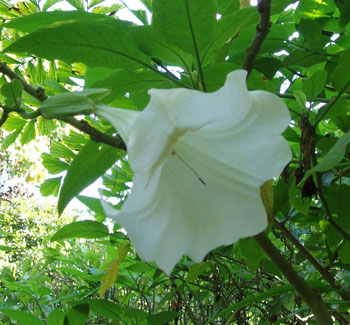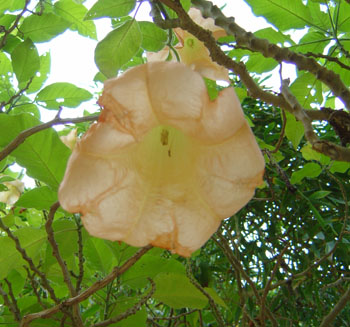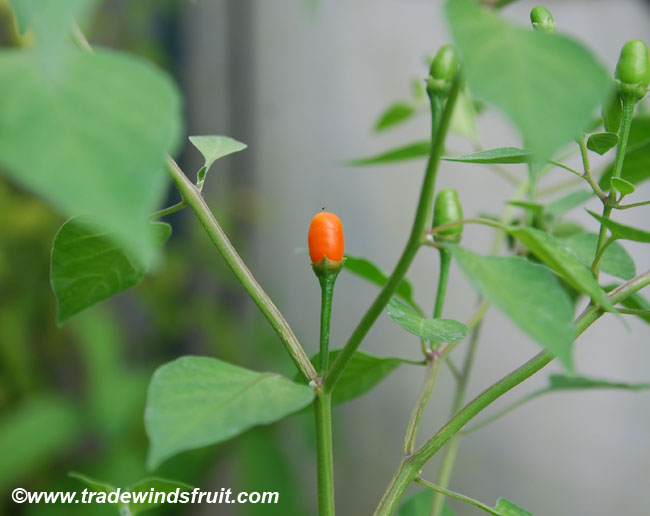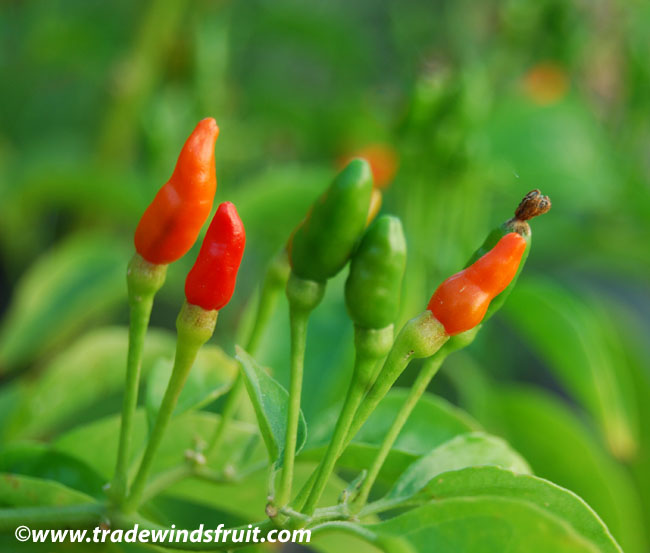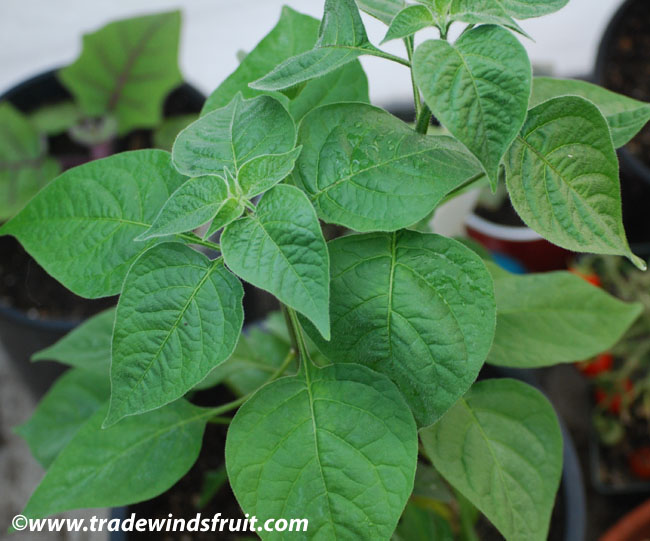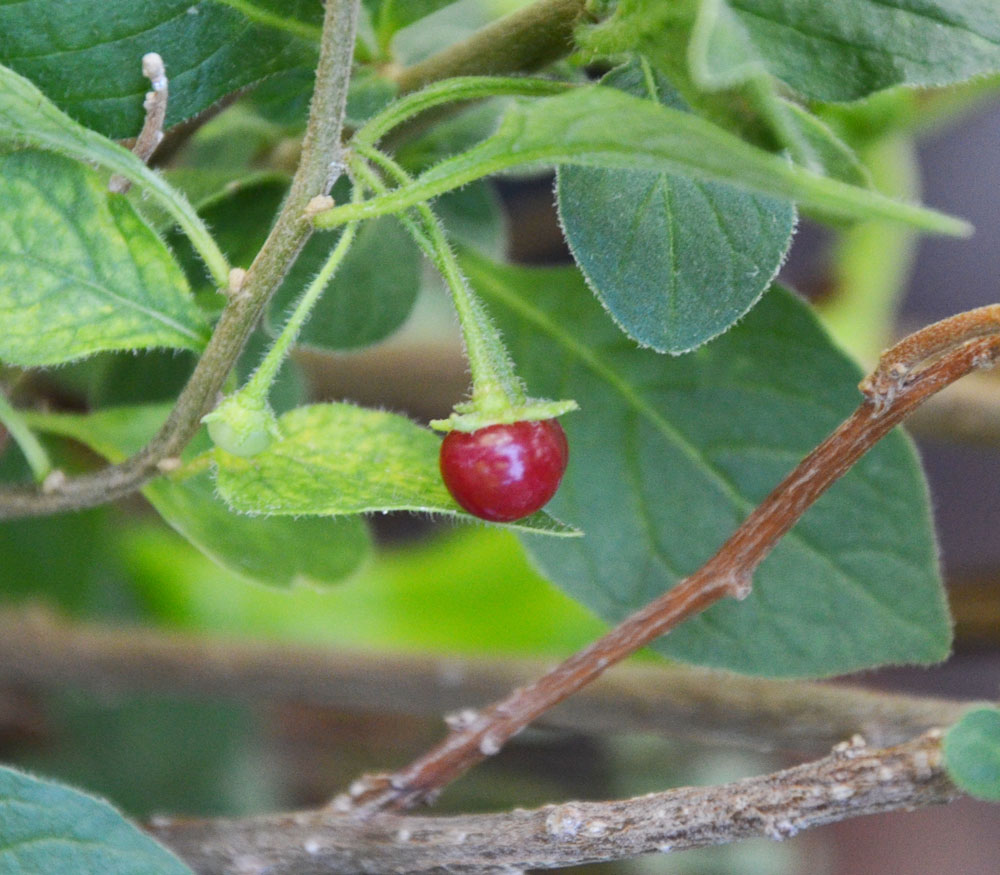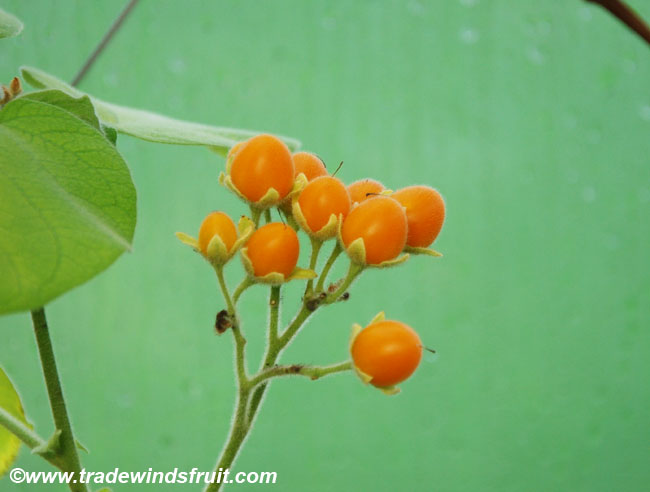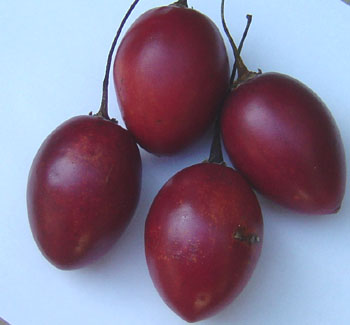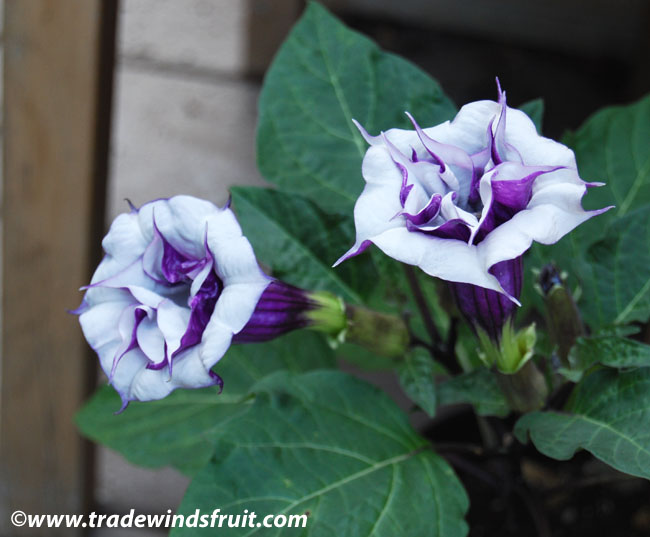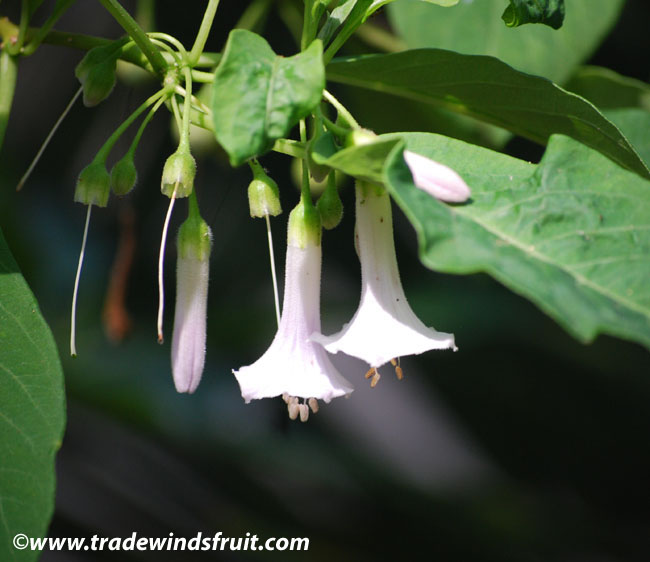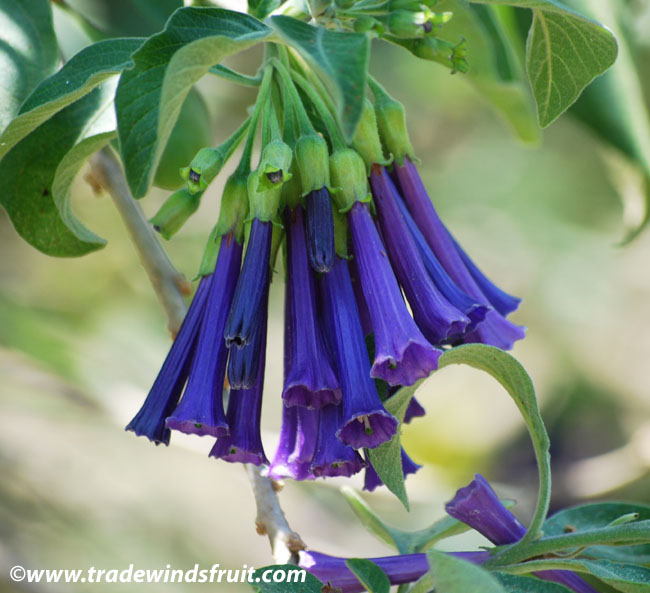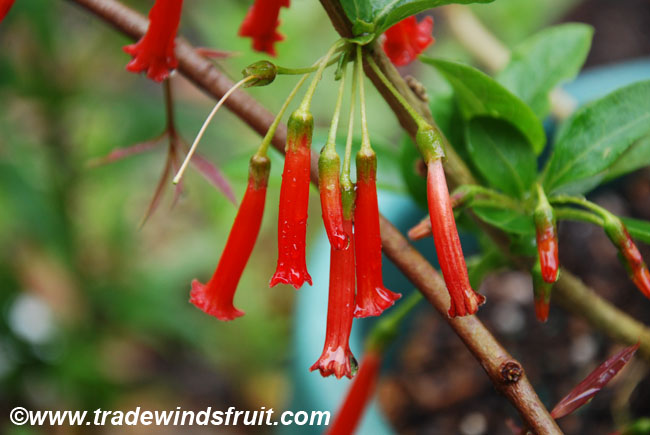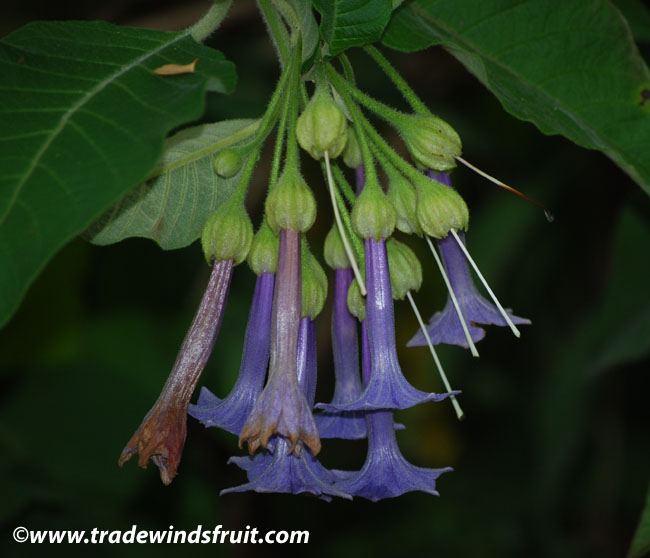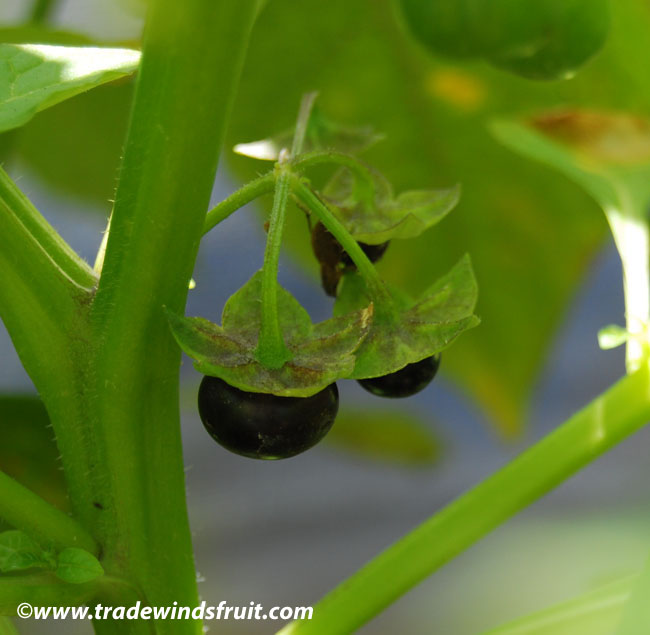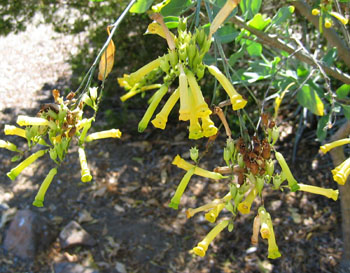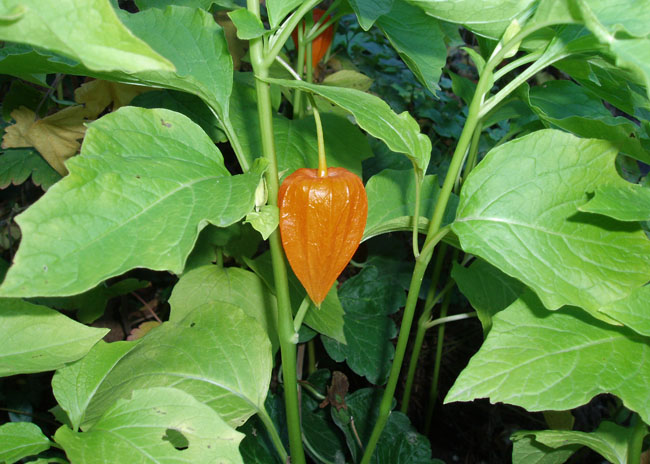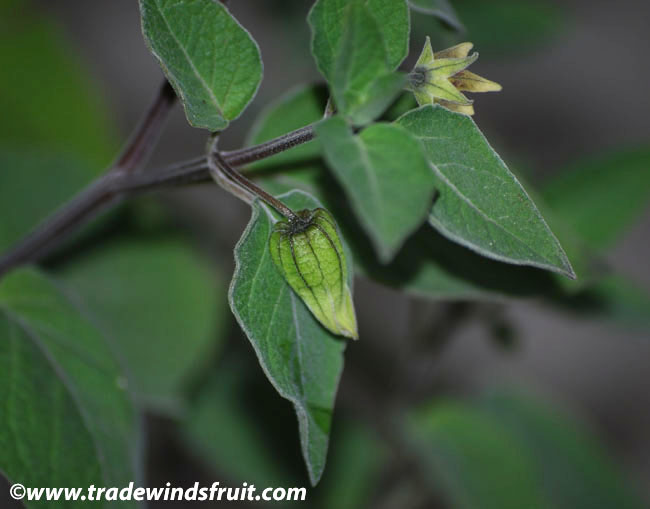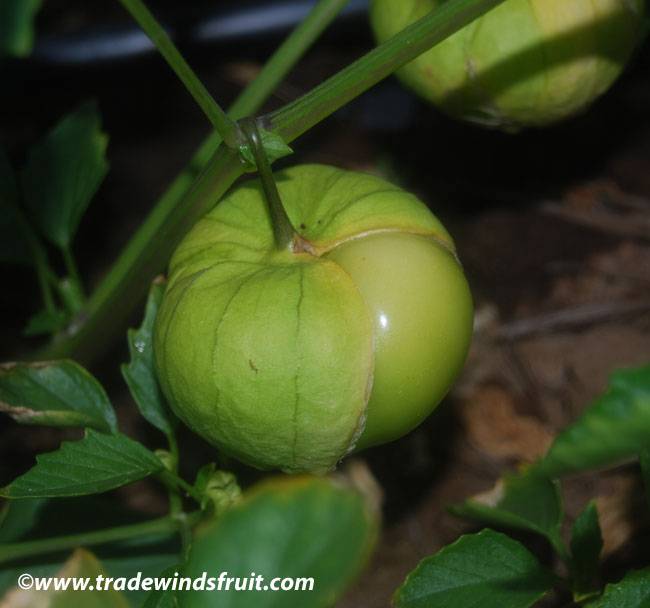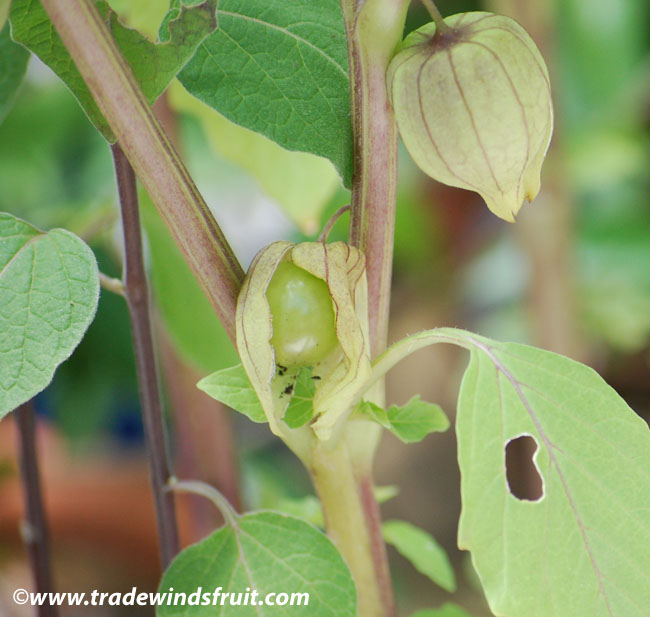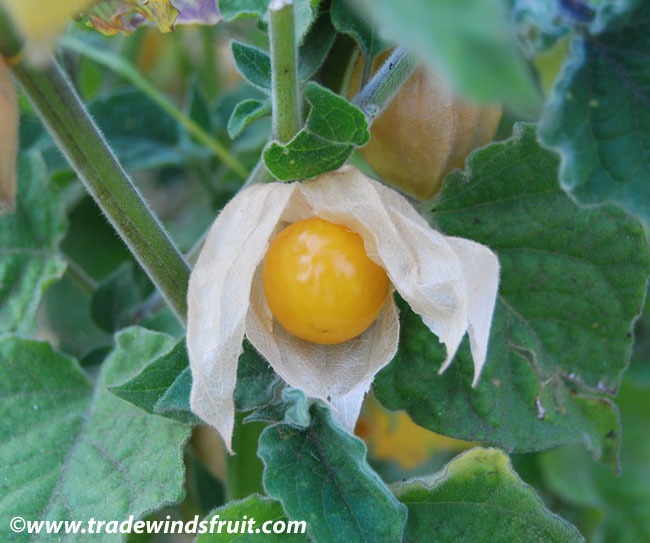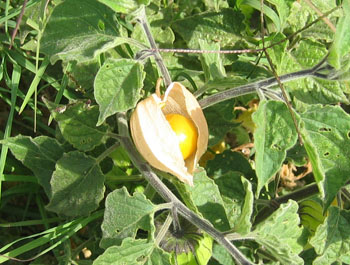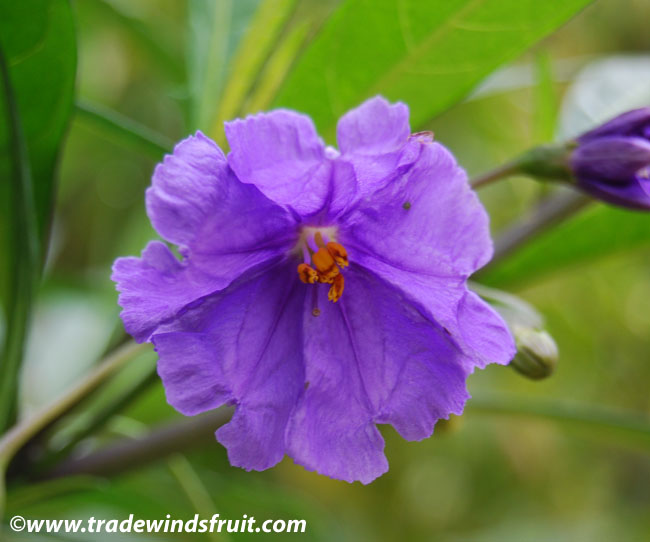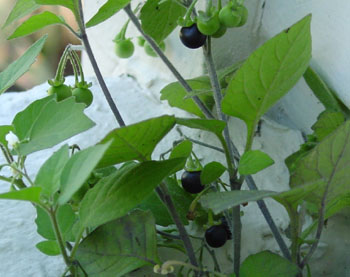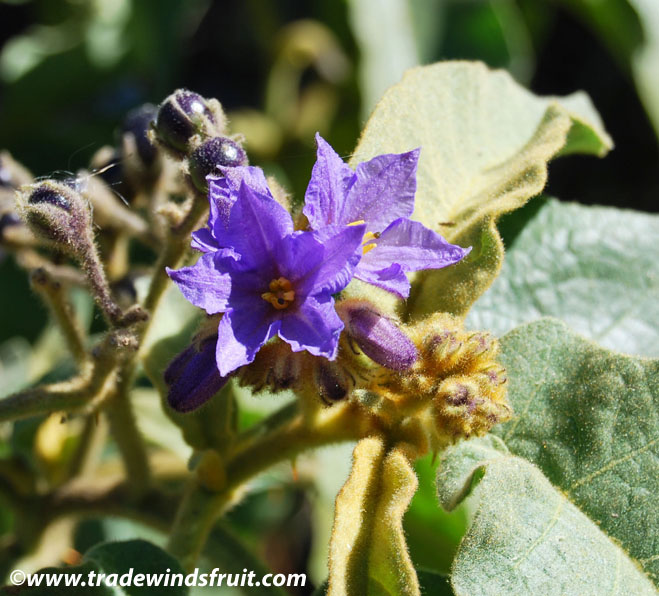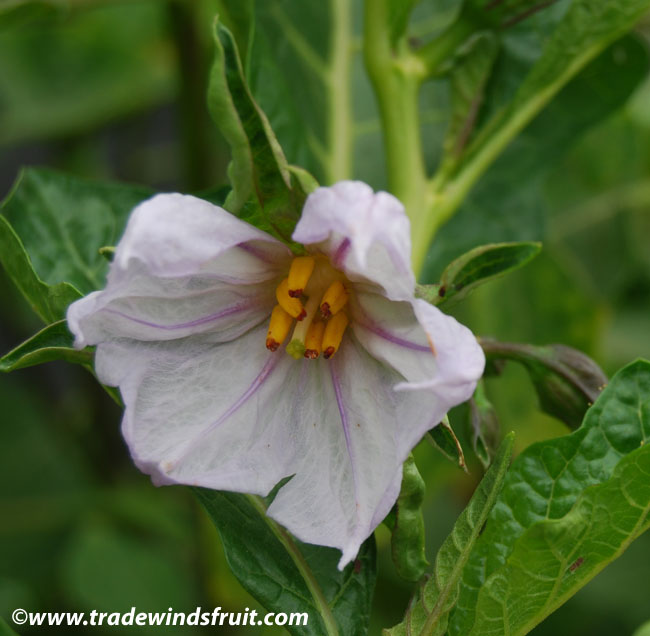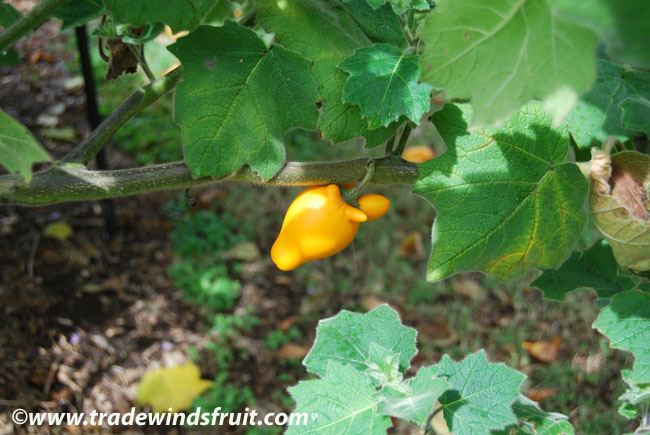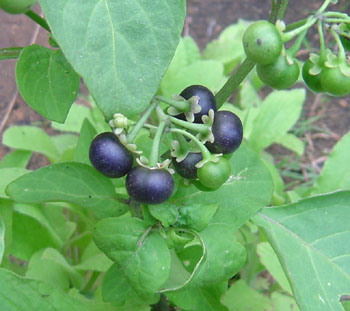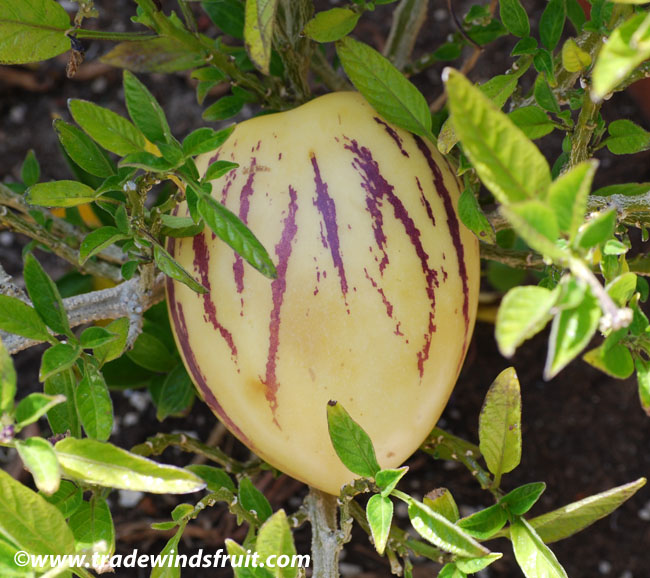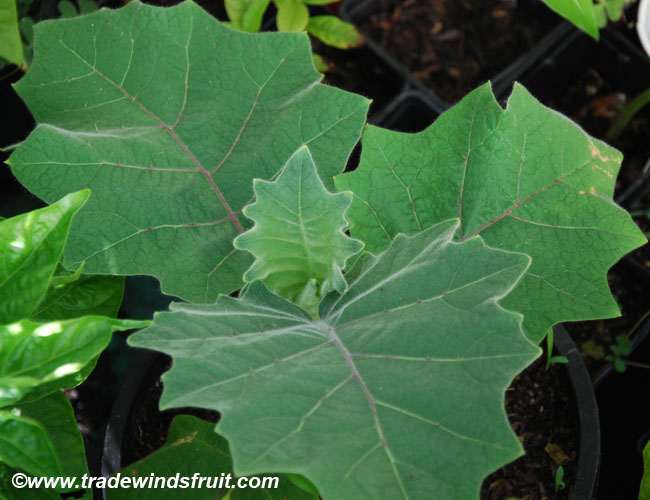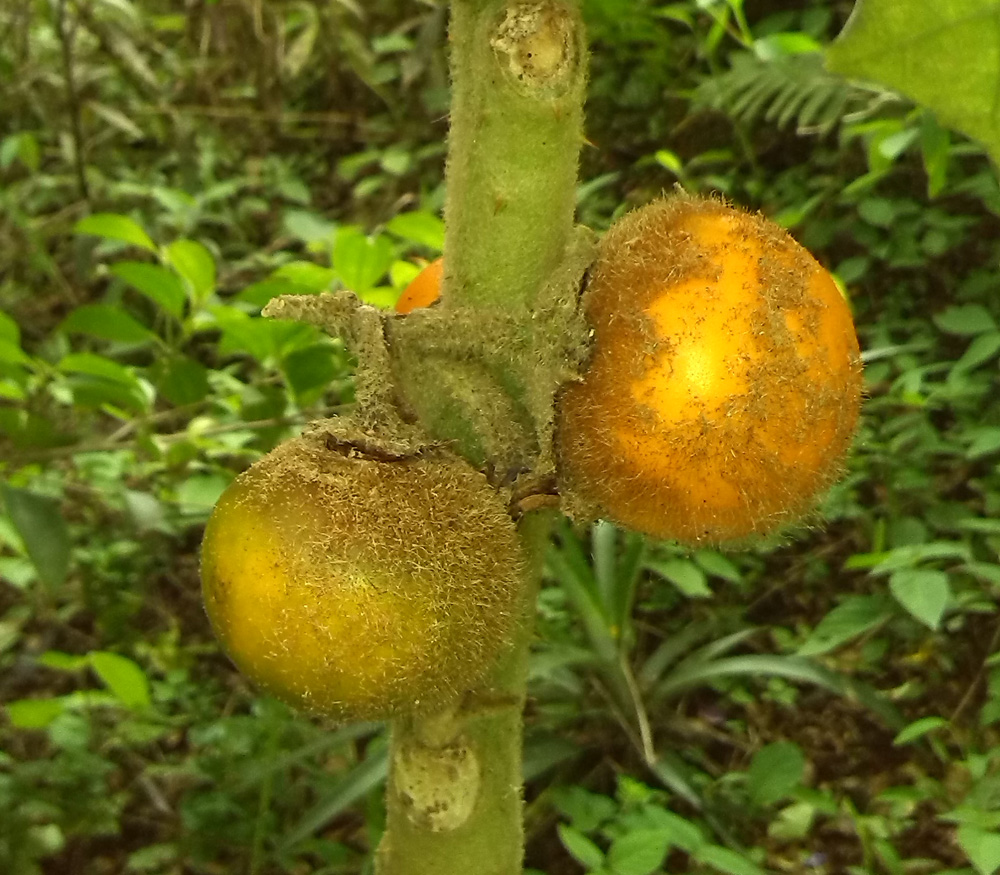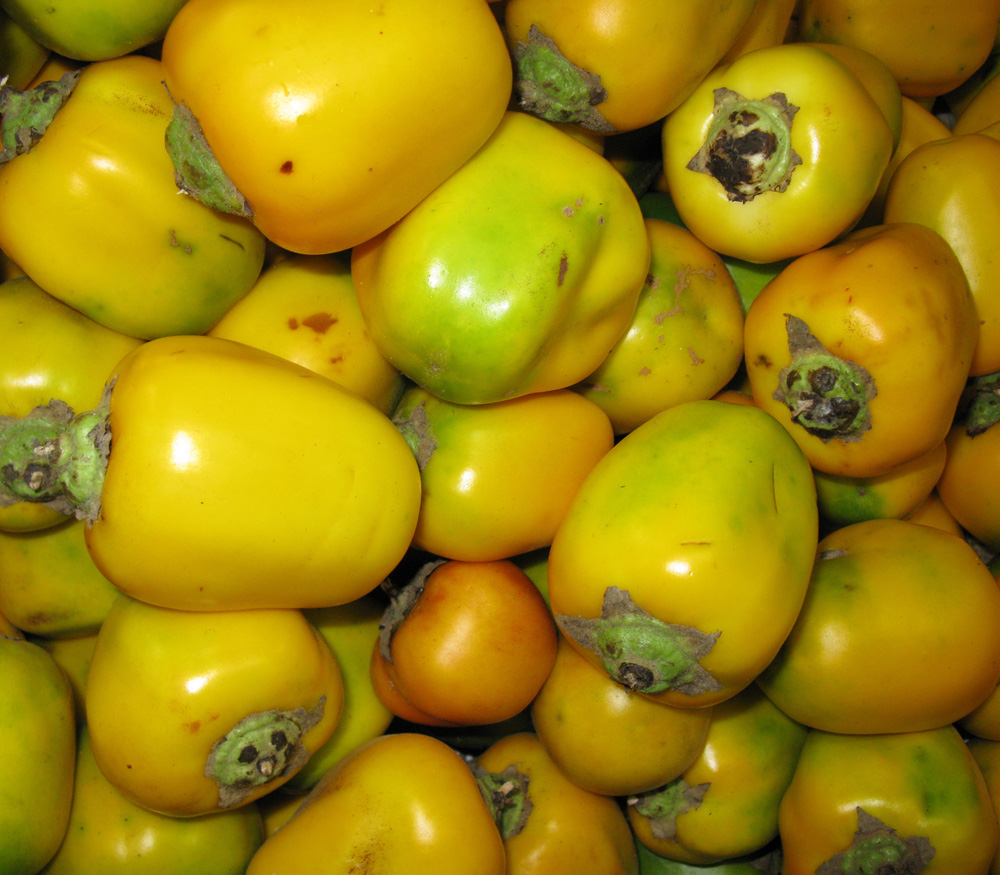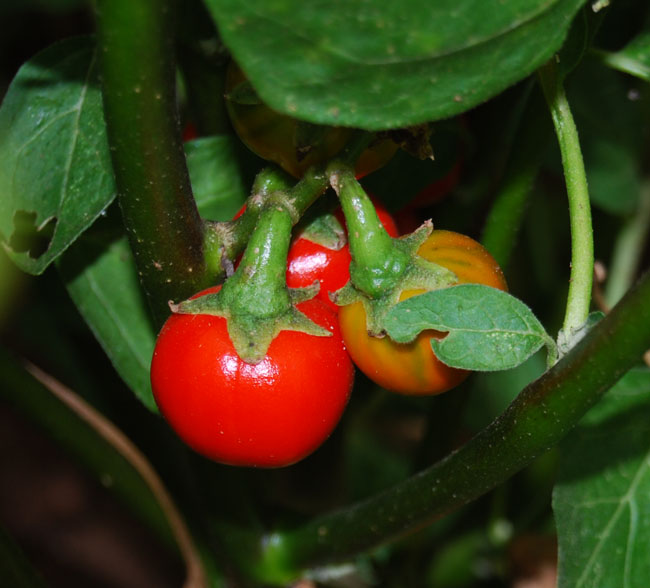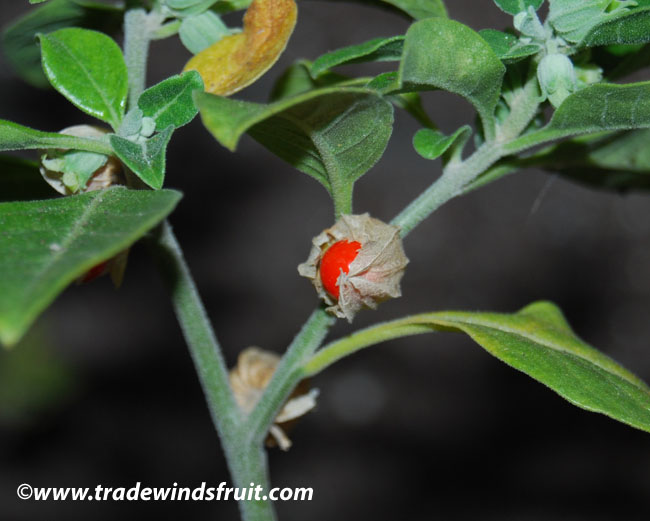- Home »
- Information »
- Mullaca
Mullaca
Physalis angulata
Small yellow orange fruit similar in appearance to the ground cherry and cape gooseberry. Fruits have a sweetish flavor and a number of medicinal properties.
Seed Availability
Seeds are not available for the Mullaca. Please visit our seed store to view current selections. Seeds were last available in May 2018.
Description
Small shrub similar to the common tomato, can be grown as an annual or perennial. Plants are usually small, only 1-3ft in height.
Hardiness
In areas where frost or freezes occur, plants are easily grown as annuals.
Growing Environment
They enjoy full sun, fairly warm (but not hot) temperatures, and protection from frost.
Propagation
By seeds.
Germination Info
Physalis seeds are usually fairly easy to germinate, though germination time can be a bit longer than other vegetable seeds.
1) Prepare for planting. Physalis seeds should be sprouted in small containers, preferably 4" or smaller. In-ground germination is not recommended because conditions are not as easily controlled. Use a standard potting mix that is well drained. Make sure potting mix is damp prior to planting the seeds. With very small seeds such as Physalis, watering overly dry soil can cause the seeds to dislodge from their position and sink deep into cracks in the soil. Seeds that sink deeply into soil will not be able to reach the soil surface once germinated.
2) Plant seeds. Plant seeds 1/4" deep in the soil. Cover with soil and water carefully. Over watering can cause fungal growth which leads to seed rot. Excess water can also bury seeds deep in the soil where they will not be able break the surface. Water when the soil surface just begins to dry. Multiple seeds can be planted in a single starter container, but should be thinned once seedlings appear so only a single plant remains.
3) Germination. Soil should be kept consistently warm, from 70-85F. Cool soils, below about 60-65F, even just at night, will significantly delay or inhibit germination. Hot soils above 95F will also inhibit germination.
4) Care of seedlings. Once a few true leaves have developed, seedlings should be slowly moved outside (if sprouted indoors) to ambient light. Care should be taken not to expose seedlings to direct, scorching sun so plants may need to be hardened off via slow sun exposure. Hardening off can be done using a shaded or filtered light location, as well as protection from strong winds, rain or low humidity. Hardening off time varies, but can take 5-10 days.
5) Planting out. Plant in the ground once danger of frost has past and daytime temperatures consistently reach 65F.
Germination time: 2-6 weeks under ideal conditions.
Uses
Eaten fresh. Can also be used much like the tomato. Traditionally, fruits are used to treat a variety of ailments, including kidney disease, jaundice, fevers, and earaches.
Native Range
Native to South America.

